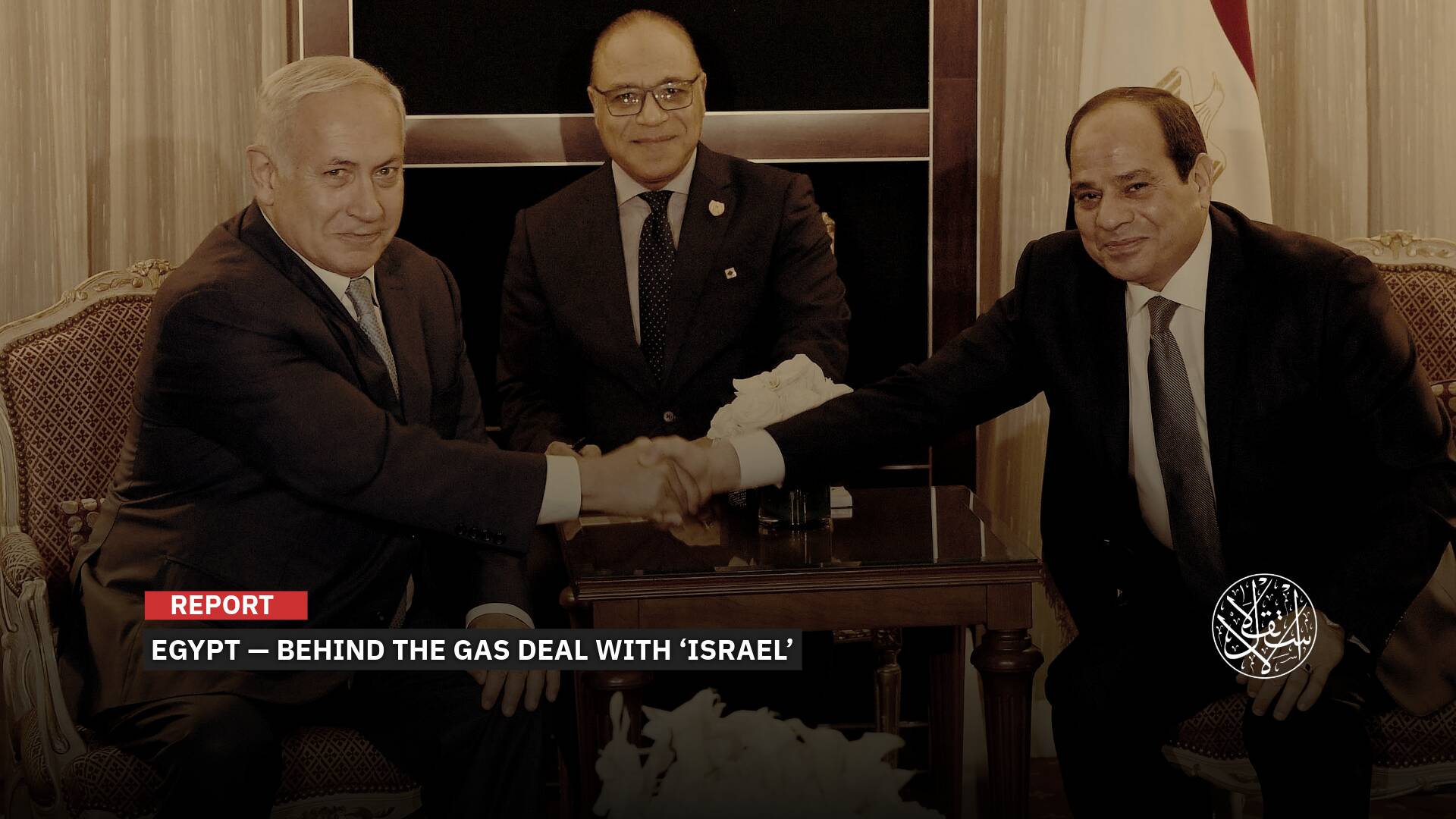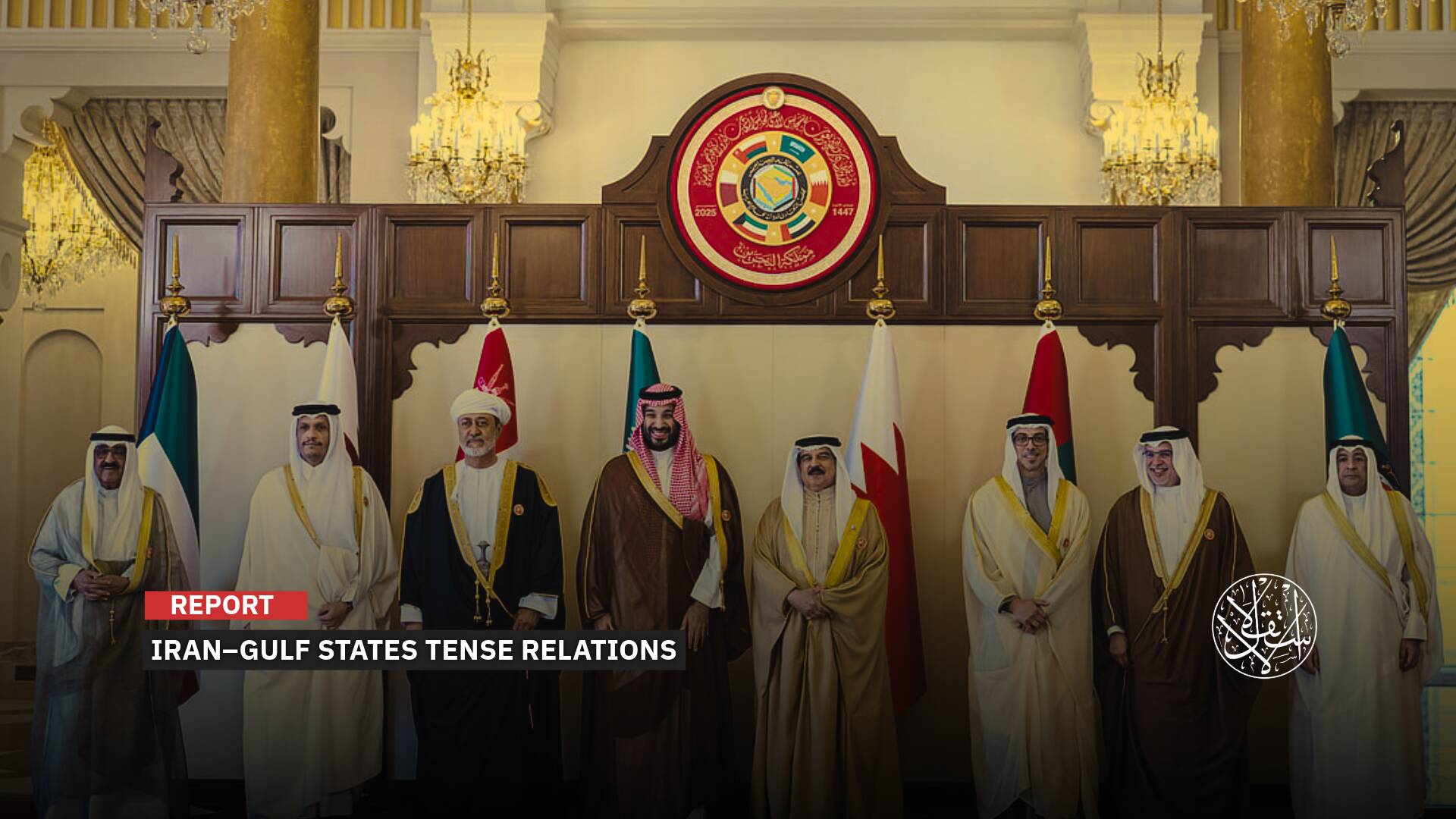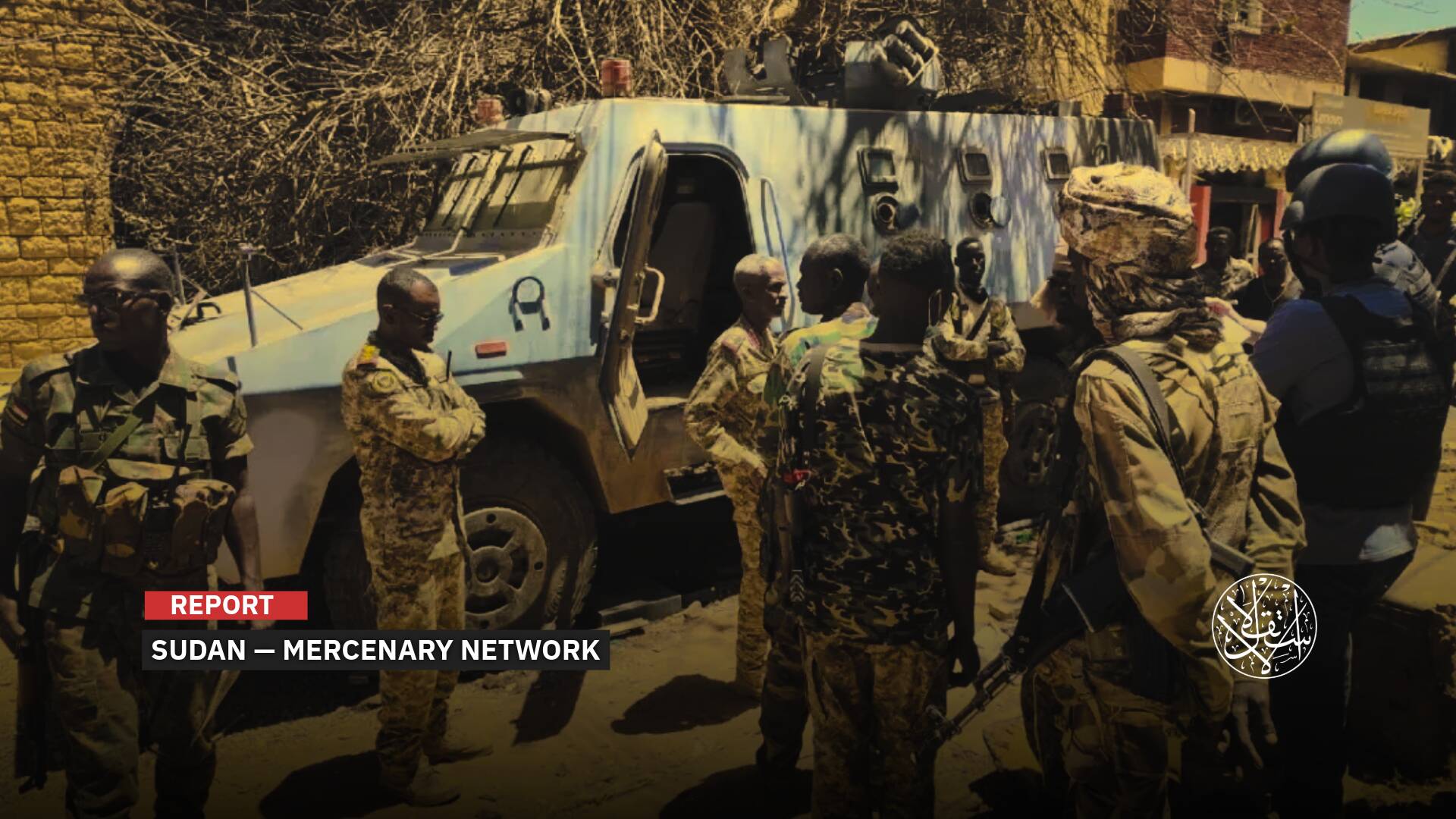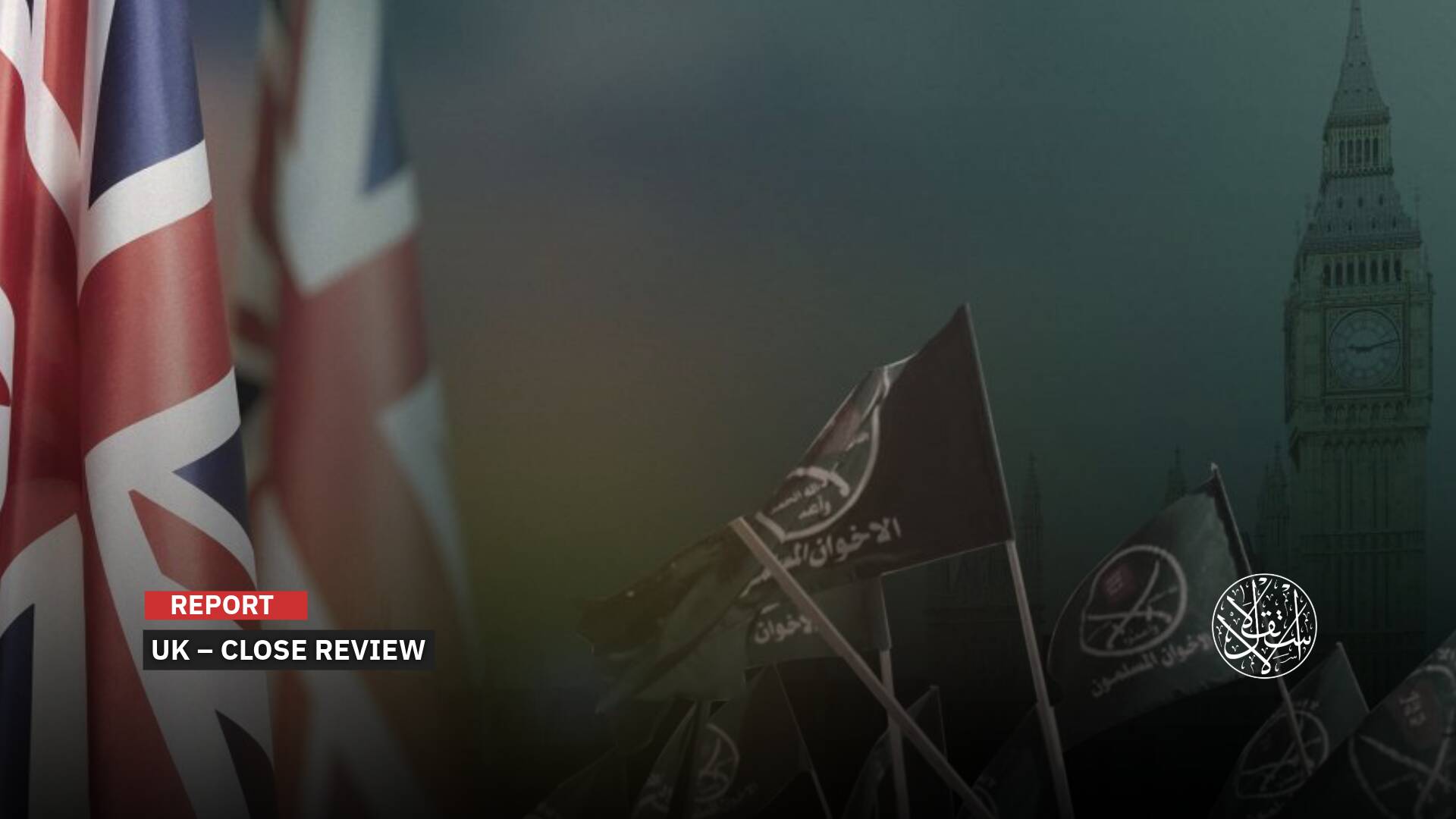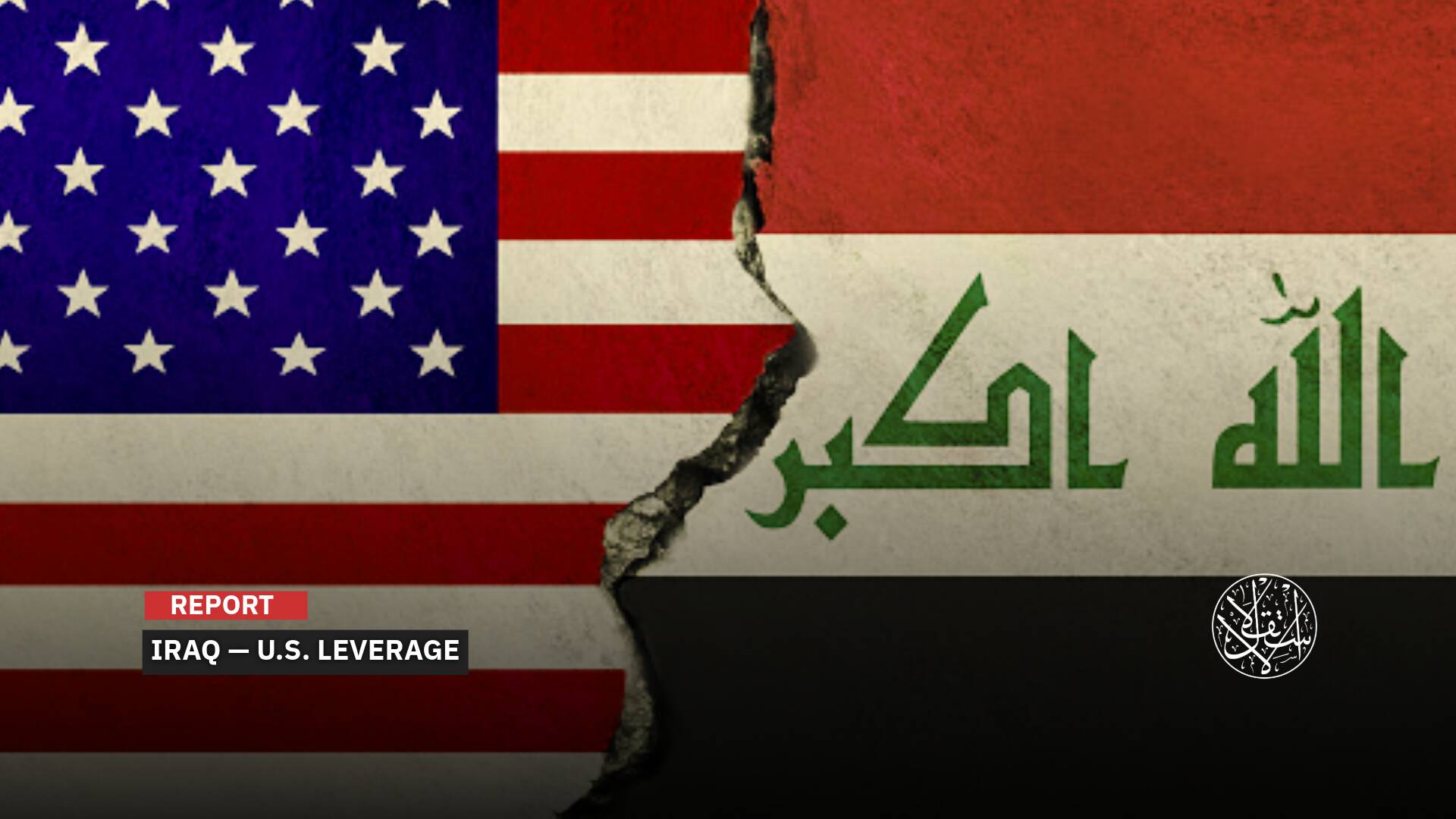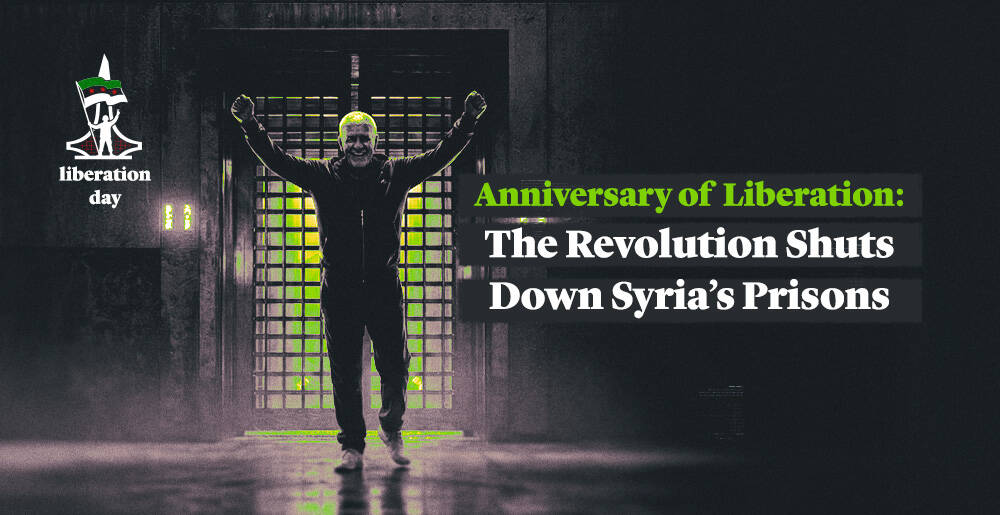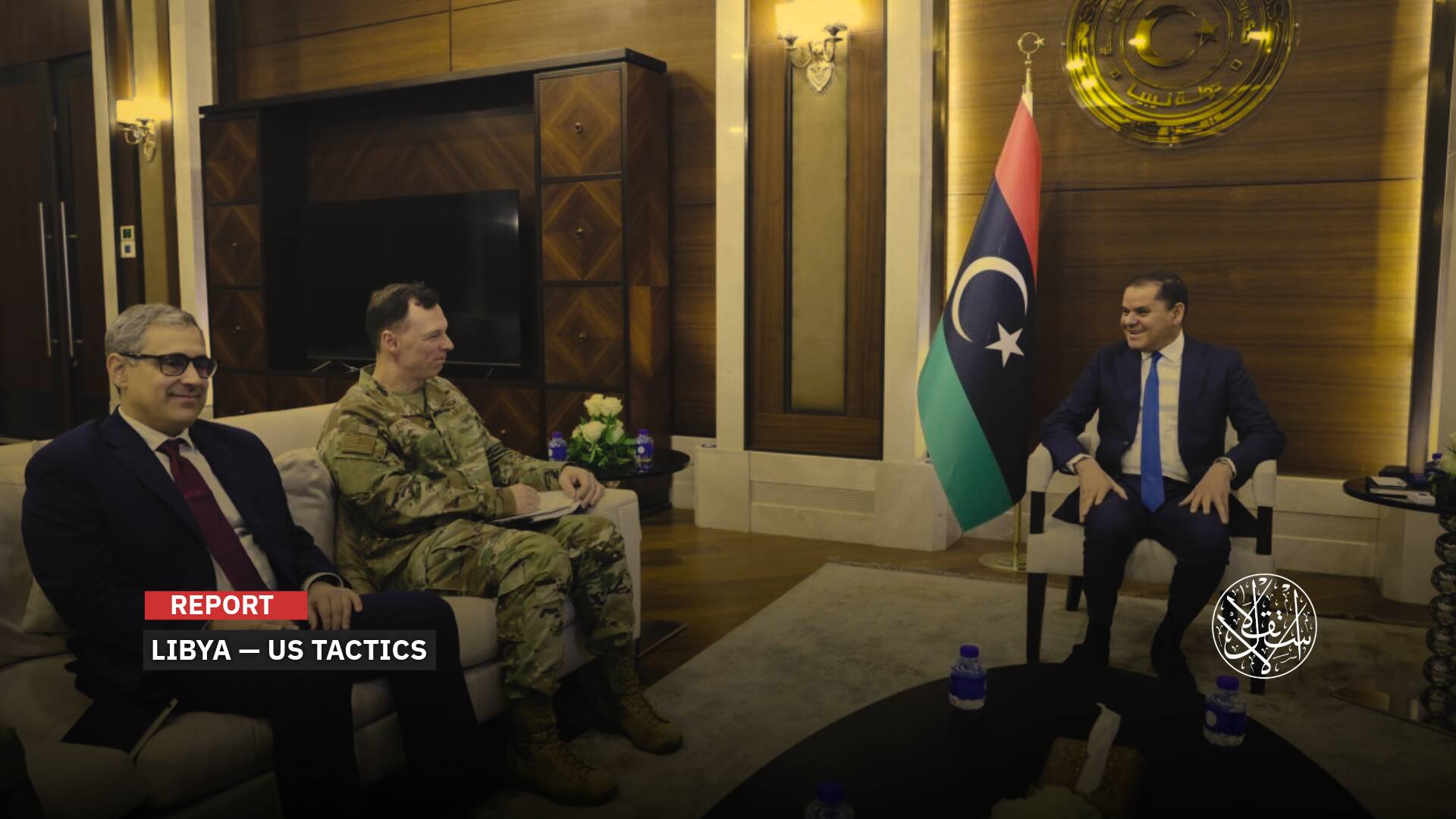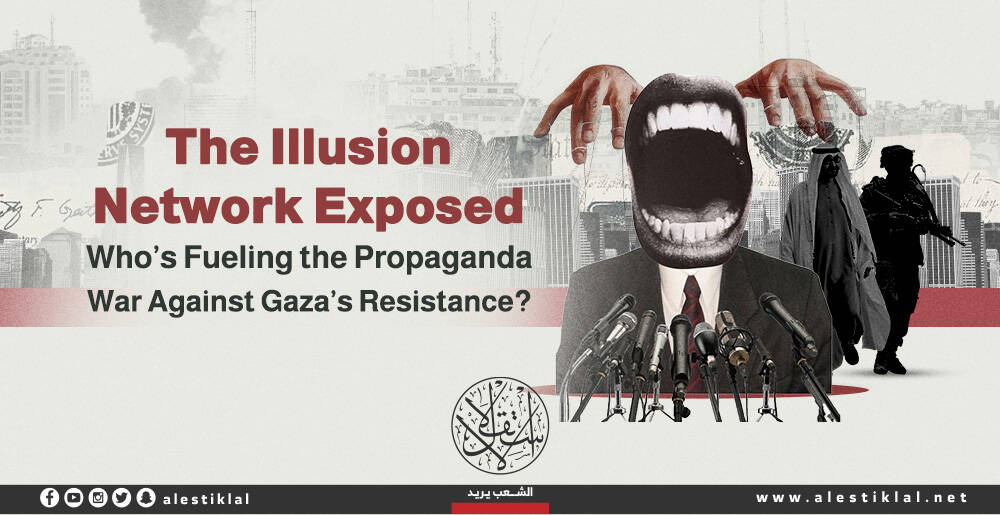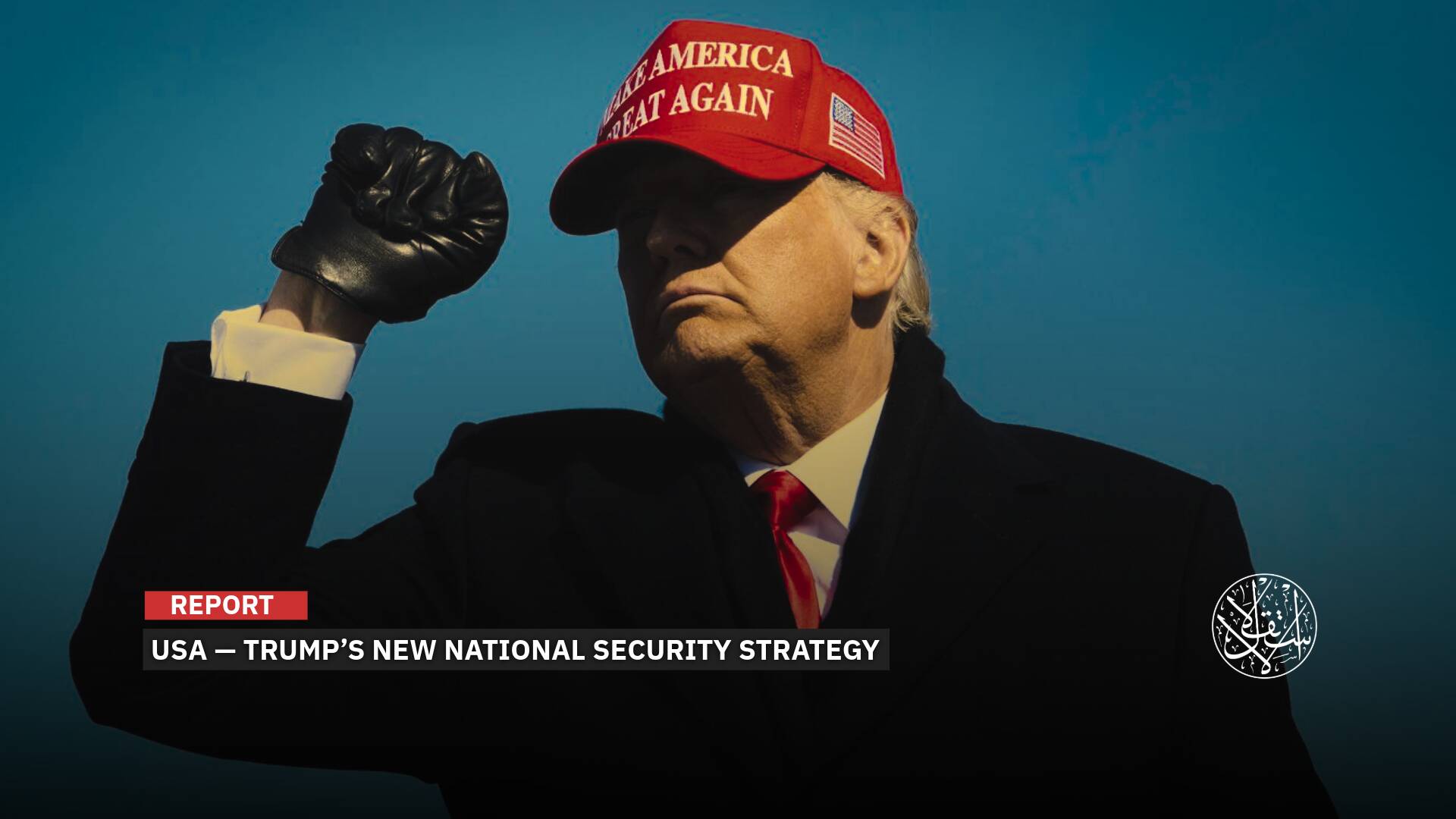From Helmets to F-16 Fighter Jets: How the West Has Been Firmly Engaged to Confront Russia
.png)
Since Russia’s military operations against Ukraine began on February 24, 2022, military aid has been stepped up, with many allies supplying lethal weapons to Ukraine for the first time.
For some countries such as Germany, and historically neutral countries such as Sweden, this has represented a significant reversal of their previous defense policies which ruled out providing offensive weapons.
But the drumbeat to send the kinds of weapons that Ukraine needs has only grown louder after a months-long, British-led pressure campaign to train Ukrainian pilots on F-16 fighter jets.
The renewed push to send longer-range weapons to Ukraine comes as Kyiv has started to prepare its long-anticipated spring offensive.
The data that emerged during the past few days, with the increasing targeting of lands in the Russian depth, and the Ukrainian talk about the counterattack, which aims to return to the borders of 1991, that is, to the year of Ukraine’s declaration of independence from the Soviet Union, in addition to the acceleration of Western arming of Kyiv with declared and undeclared systems, indicates that Europe and Washington do not want the stalemate of the war to continue on its current lines.
Meanwhile, observers suggest that the course of the war in Ukraine will head toward further escalation, and Russia may resort to the use of nuclear weapons because Moscow sees the expansion of NATO and supplying weapons to Ukraine as an existential threat to it.
Gradual Western Support
At the beginning of the Ukrainian war, the Western position was confused about what should be pumped into Kyiv, as the rhetoric of humanitarian aid and so-called non-lethal weapons dominated at that time, but it was soon replaced by a rhetoric about the types of ammunition, anti-tank missiles, and artillery systems, then HIMARS, tanks, and anti-aircraft missiles.
Despite Moscow’s continued warning that increased Western involvement could lead to a clash with NATO, Western statements regarding supporting Kyiv, arming it, and providing it with what is necessary to win the war have expanded a lot to include American F-16 fighter jets.
The pressure that came with the support of the majority of European public opinion in the West for Ukraine caused Western countries to open their stores to supply the Ukrainians with what they needed militarily and led to the opening of stores of German Leopard 2 tanks, after Washington had broken the taboo in the summer of last year, by sending HIMARS missile systems to Kyiv.
As a result, and in the context of a campaign waged by Kyiv and its Western supporters, voices were raised in support of arming Ukraine with American F-16 fighter jets from European stores.
Denmark announced that it would provide Ukraine with these fighter jets and participate in training Ukrainian pilots, which could enable Kyiv to target the Russians with air-to-ground missiles from very long distances.
Even before the American green light to the allies, some European countries affiliated with the hawkish camp, fearful of Russia’s projects and seeing that they would not stop at Ukraine’s borders, were increasing the pace of their indirect involvement in the war.
Gradually, those countries moved from receiving wounded Kyiv soldiers in Scandinavian hospitals to training Ukrainian pilots on the F-16 fighter jets, which warns that things will not stop at certain limits.

This is consistent with what Ukrainian President Volodymyr Zelensky said when he addressed the Council of Europe meeting in Reykjavik (Iceland) on May 16, saying: “We need combat aircraft, because without them there is no perfect air defense.”
On May 29, 2023, Danish Prime Minister Mette Frederiksen announced that the value of the amounts allocated to the Ukraine Military Support Fund would be doubled to about $2.6 billion and that it will raise the ceiling of its contribution to the limits of 2% of the gross domestic product (GDP), in line with the efforts of NATO countries to raise their military budgets to that percentage.
Recently, European positions have witnessed a remarkable escalation toward the Ukraine war. During the Hiroshima summit of the Group of Seven (G7) countries, which ended its work on May 2, it was emphasized that support for Ukraine will continue.
Some time later, French President Emmanuel Macron launched, at the GLOBSEC forum in the Slovakian capital, Bratislava, on May 31, a number of slogans about unity, support for Ukraine, and European sovereignty, rearming Europe to face new security challenges, and providing it with air defense capabilities, considering that a defensive Europe, which represents the European pillar in NATO, is imperative.
In the context of his endeavor to reassure his counterparts in Eastern Europe, who fear concessions in favor of Russia, Macron demanded tangible and reliable security guarantees for Ukraine in NATO, stressing that this will be the subject of group discussions in the coming weeks at the NATO summit to be held in the Lithuanian capital, Vilnius, on July 11 and 12 next.
Macron’s positions are consistent with the statement of British Foreign Secretary James Cleverly, who considered that Ukraine has the right to use force outside its borders, in reference to the recent drone attack on the Russian capital, Moscow.

Massive Military Aid
Recent deliveries of Western tanks and long-range missiles to Kyiv reflect the way the West has adapted to Ukraine’s needs and battlefield developments since the start of the Russian invasion in February 2022.
Between February and March, the Ukrainians received more than 40,000 light weapons, 17,000 portable defense platforms (surface-to-air), as well as equipment (25,000 helmets and 30,000 bulletproof vests), according to data from the Kiel Institute, which counts weapons promised and delivered to Ukraine since the beginning of the war.
In April, Ukraine began delivering artillery (howitzers and rocket launchers) capable of bombing behind enemy lines to reach ammunition stocks and disrupt Russian logistics chains.
By the fall, Kyiv will have received 321 howitzers, including 18 French Caesars, 120 infantry fighting vehicles, 49 multiple rocket launchers, 24 combat helicopters, and more than a thousand American drones, in addition to 280 Soviet-made tanks sent by Poland.
On the other hand, Western countries, headed by the U.S., the UK, and Spain, delivered anti-missile defense systems to Ukraine to help it deal with these developments.
Washington announced the delivery of Abrams tanks (not available before the fall of 2023), while London promised Challenger 2 tanks and Berlin Leopard 2 tanks. The German green light allowed other countries to deliver Leopard 2 tanks.
NATO Secretary-General Jens Stoltenberg said at the end of April that the Ukrainians have the capabilities they need to regain more territory, noting that 230 Western tanks had been delivered to Kyiv.
While Ukrainian officials have thanked NATO allies for the Patriots and other sophisticated weapons, they have also lamented the lag time in getting the weapons delivered.

The U.S. is the largest provider of military aid to Ukraine, having committed $38 billion since the start of the Biden administration. $37.3 billion of that aid has been provided since February 2022.
As of May, the U.S. has given Ukraine more than 160 howitzers and more than 2 million 155 mm artillery rounds, in addition to other systems and thousands more types of ammunition that fit them.
In mid-May, Ukrainian President Volodymyr Zelensky expanded his arsenal during a European tour.
London promised him hundreds of anti-aircraft missiles and attack drones, Paris also promised him armored vehicles and light tanks, and Berlin pledged a new military aid plan worth €2.7 billion.
Since February 2002, the UK has provided £4.6 billion in military assistance to Ukraine, including anti-tank missiles, artillery guns, air defense systems, armored fighting vehicles, antistructure munitions, and three M270 long-range multiple launch rocket systems.
To date, the EU has committed just over €4.6 billion, including €1 billion of funds to reimburse EPF countries who have immediately provided munitions. A further €1 billion of EPF funds will be set aside for the joint EU procurement of urgently required artillery ammunition.

Russia’s Annoyance
In contrast, the Russians have repeatedly and clearly expressed their annoyance with the Western effort during more than a year of war.
This annoyance was also increased by the announcement by U.S. National Security Adviser Jake Sullivan, coinciding with the approval of granting Kyiv F-16 jets, that the war was entering a new phase, which is an indication of a clear message to the Russians that their war in Ukraine is very long.
Meanwhile, observers believe that what Russian President Vladimir Putin can do in a moment of desperation, by prolonging the war and targeting areas that he considered a red line, should not be underestimated.
Among the red lines in this war is the use of American planes to target the Crimea peninsula (which Russia annexed in 2014).
However, the new approach regarding the 1991 borders as Ukrainian territory opens the way for Kyiv to target wider areas of Crimea, Mariupol, and most of eastern Ukraine from distances that Russian defenses cannot confront.
This coincides with Ukrainian proposals calling for opening the Black Sea front, as confirmed by a senior researcher at the Danish Institute for International Studies (DIIS) to The New Arab newspaper.
In this context, the researcher considered that the demands of granting Ukraine submarines and naval capabilities to target Russian bases in Crimea is something that calls for hesitation by the West, just as they had to gradually arm Kyiv at the beginning of the war.
All in all, even with strong desires to open the doors of Western warehouses of all kinds to Kyiv, the process remains subject to considerations that take into account not to drive Putin to despair.
Russian Deputy Foreign Minister Alexander Grushko had recently rebranded nuclear weapons, saying that Western countries faced enormous risks if they provided Ukraine with F-16 fighter jets.
In addition, the researcher believed that what is happening now and until the disclosure of the scope of the Ukrainian counterattack stresses that targeting Russian air bases, warehouses, and command centers inside Russia is still one of the most important red lines for Putin, which must be dealt with more seriously than the armed western side of Ukraine.

The gradual arming of Ukraine, starting with helmets and ending with F-16 jets, confirms the steady involvement of the West in the Ukrainian army’s counterattack scheme, according to what political expert Dr. Nasr al-Yousef said in a statement to Al-Estiklal.
“NATO, in particular, has been fully involved in the Ukrainian war since its inception, and the biggest proof of that is that Western countries provided various weapons in huge quantities to Ukraine, in addition to training Ukrainian personnel and officers in a number of European countries that are also part of NATO,” he added.
“There have been high-profile statements recently that the West will help Ukraine achieve a strategic victory over Russia,” the expert said.
“The level of tension in the Russian statements, and the resumption of the brandishing of nuclear weapons and the agreement to deploy them in Belarus, is one of the indicators of Russia's annoyance with the growing Western military support for Kiev,” he noted.
On his part, Dr. al-Yousef confirmed that the move from displaying about 5,000 German helmets to the Ukrainian army at the beginning of the war to arming Ukraine with the latest Western equipment indicates that the war may be long-term.
Sources
- The West delivers heavy weapons to Ukraine at an accelerated pace
- Ukraine Support Tracker
- Biden Administration Announces Additional Security Assistance for Ukraine
- Military assistance to Ukraine since the Russian invasion
- Western support for Ukraine... from helmets to F-16s [Arabic]
- The Last Big Weapon on Ukraine’s Wish List
- Ukraine weapons: What tanks and other equipment are the world giving?


